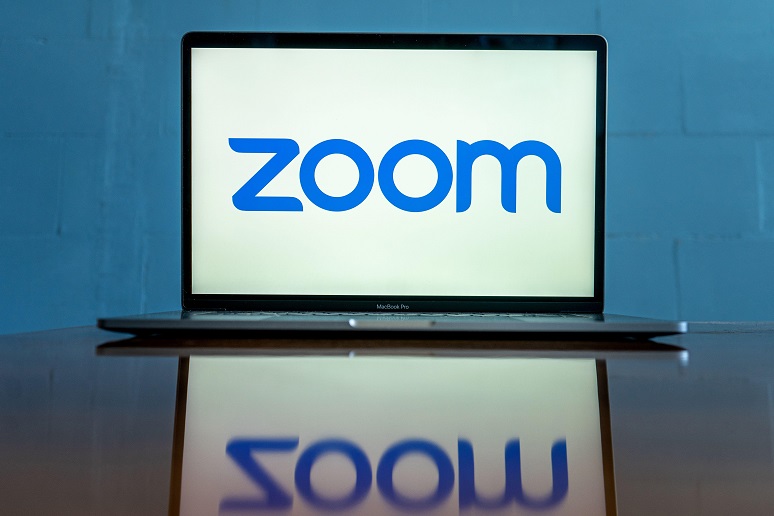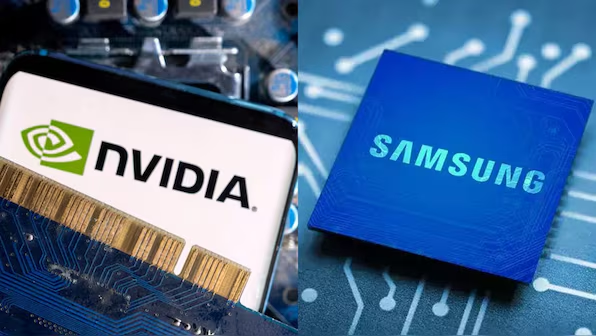Zoom has introduced a new feature designed to enhance workplace collaboration. This new tool is called Zoom Docs. It is an AI collaborative document editor powered by the company’s generative AI assistant, Zoom AI Companion.
Documents are generated by AI, collating information discussed in meetings. This makes it easier to keep track of important points. Sharing files with all participants has become easier with Zoom Docs. Editing or noting down content on shared files is now possible using generative AI. Additionally, customizable templates for various meeting types and project updates are provided.
Multi-language translation support is included in Zoom Docs. Different layouts with various content blocks are available, making it adaptable to diverse needs. Integration with apps such as Google Drive and Figma is supported. The AI Companion can be asked to track task progress. It can also make tables and checklists, and generate meeting transcripts.
These collaborative features are available for the Zoom workplace app version 6.1.6 or later. Basic free account users are allowed to create up to 10 shared docs without AI functionalities. On the other hand, the complete set of features is available to paid Zoom Workplace plan subscribers. No additional charge for Zoom Docs will be incurred if a user already has a Zoom Workplace paid license.
Previously, many organizations had to use other workplace tools despite using Zoom for meetings. Now, more options for collaborative tools are offered in one place. Google and Microsoft already provide AI features within their workplace collaborative platforms, Google Workspace and Microsoft Teams respectively.
In conclusion, Zoom Docs is a significant enhancement. It simplifies collaboration and document management during meetings. Users will benefit from the ease of sharing and editing documents, and from the additional functionalities provided by the AI Companion. This new tool is a step forward in integrating AI into everyday workplace tasks.



